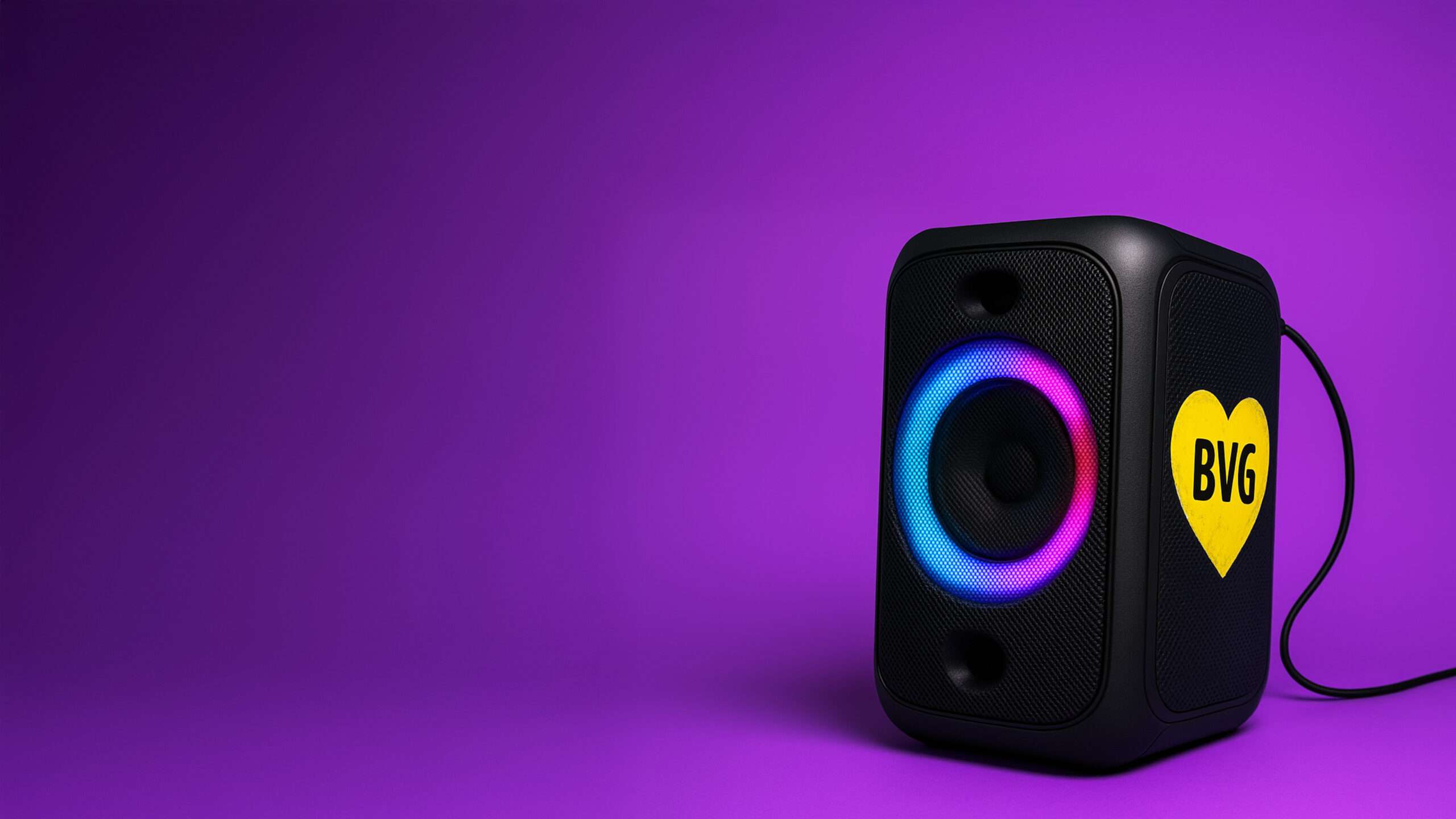When is a trademark used as a trademark and when is it merely descriptive? The Nuremberg Higher Regional Court explained this again in connection with the “Bewegte Medizin” trademark.
The owner of a German trademark and a European Union trademark “Bewegte Medizin”, registered inter alia for: Education; entertainment; training, in particular further education and training in the medical field of all kinds for doctors, medical assistants and/or patients, took action against a specialist in cardiology and internal medicine.

He gave a lecture in Regensburg on July 18, 2019. He published a summary of this lecture with the following text on a subpage of his website that can be accessed online:
The importance of exercise and preventive healthcare
Medicine in motion
Medical lecture in Regensburg
The presentation focused on the importance of exercise and preventative healthcare. The audience was shown how to use a simple expander to effectively enrich everyday office life with effective breaks.
The trademark owner saw this as an infringement of its trademark rights and took action against the doctor. The warned doctor then issued a declaration to cease and desist. Further claims for information and damages led to a lawsuit.
The Regional Court of Nuremberg-Fürth ordered the doctor who had been warned to provide information and pay damages.
Decision on the trademarked use of Bewegte Medizin
The Higher Regional Court of Nuremberg(judgment of 15.02.2022 – 3 U 2794/21) overturned the first-instance judgment and dismissed the claims against the doctor.
A trademark infringement only exists if the sign is used as a trademark. The decisive factor is therefore whether or not the target public also understands the sign as an indication of the origin of the goods or services from a specific company.
In the specific case, the use of the sign “Bewegte Medizin” is not perceived as an indication of the origin of a service.
In this context, it should be taken into account that the word combination “Bewegte Medizin” has clear descriptive echoes in the context of the specific use.
The use of a descriptive term cannot be assumed to be a trademark. If a word has a descriptive character, it is perceived by the public as a factual indication rather than a commercial designation.
Although the overall term “Bewegte Medizin” is not purely descriptive, it does contain clear descriptive echoes. The individual components – “Bewegte” and “Medizin” – are directly descriptive statements of fact. The defendant doctor’s presentation deals with the medical meaning of movement, so that the individual terms are descriptive for this topic as a summary of the content from the point of view of the public. In the specific context, the term “Bewegte Medizin” is therefore only descriptive and not understood as a trademark.
Conclusion
Trademarks with a descriptive appeal, such as “Bewegte Medizin”, often run the risk of being used by third parties in a descriptive manner and not as a trademark. This means that the trademark owner cannot successfully take action against such use due to a lack of trademark use.





